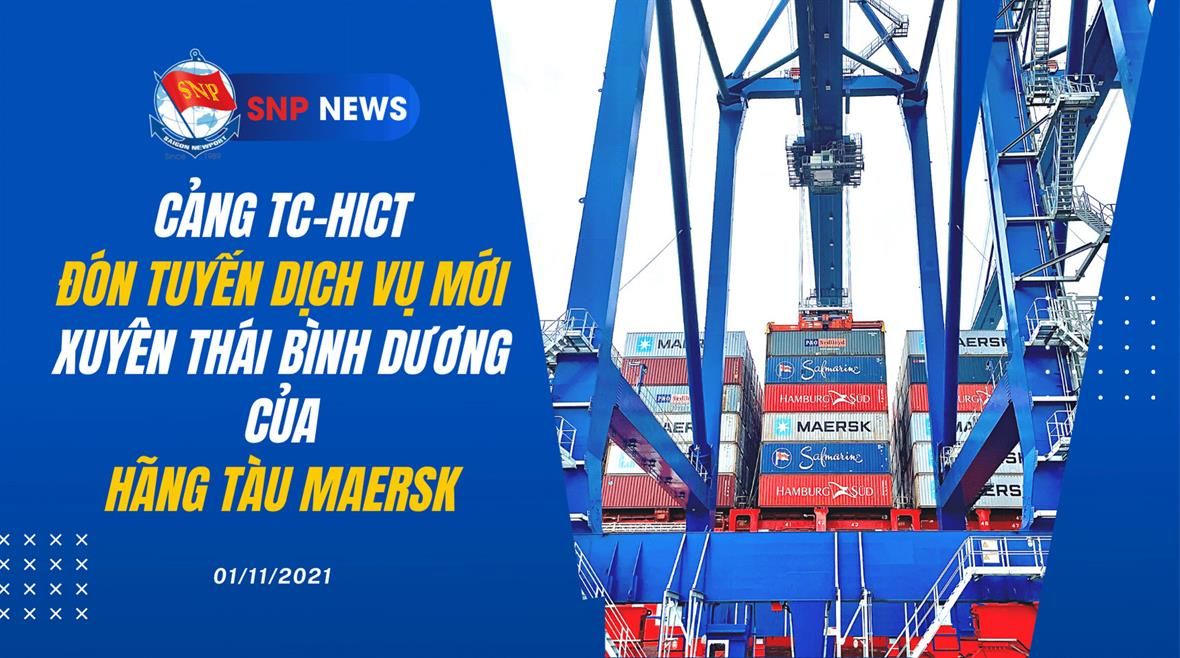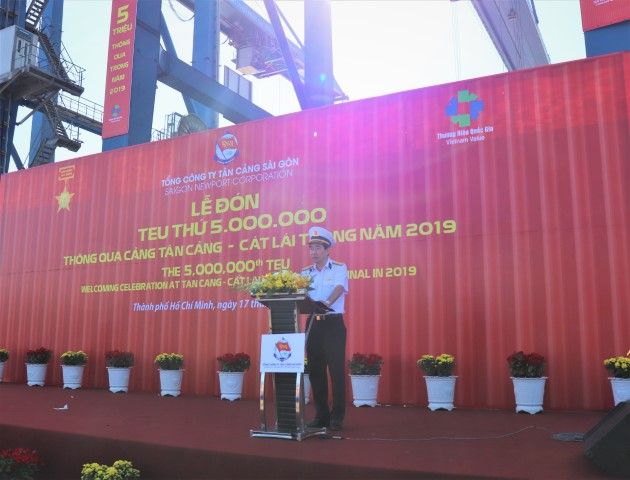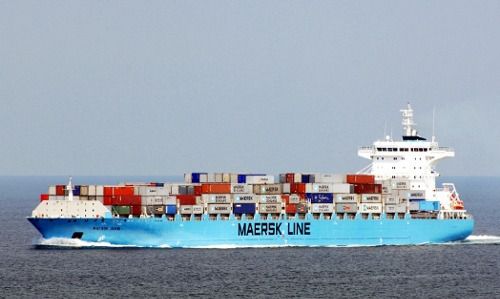Maersk, CMA CGM and MSC best positioned for transpacific rates war
05/06/2013
Maersk Line, CMA CGM and MSC are in a better position to battle through the transpacific rate war thanks to their stronger economies of scale, according to new research.
This means Maersk Line, MSC and CMA CGM have vessels on average 32% larger than other lines.
The researcher also said that the three carriers appear reluctant to share the benefits of economies of scale that they have achieved - excluding slot charters, the three carriers mainly partner with each other.
Other alliance’s had lower vessel sizes than Maersk Line, CMA CGM and MSC.
The CKYH alliance’s average vessel size of 5,883 teu is 9% lower than average.
The New World Alliance’s average size of 6,380 teu is 2% lower than the average.
The Grand Alliance/Zim’s is just 2% more at 6,609 teu.
Drewry said this explained the stronger financial results posted by CMA CGM and Maersk Line.
“Maersk Line, MSC and CMA CGM consequently have tremendous economies of scale over others, enabling them to ride out the current eastbound freight rate war more comfortably.
“Carried through to a global level, it probably explains why CMA CGM and Maersk were amongst the most profitable of all major ocean carriers at earnings before interest and tax level last year. MSC’s position is unknown, being privately owned.
“It also explains why carriers, such as APL and Hanjin, whose transpacific cargo accounts for a large proportion of their total liftings (29% and 41% respectively in the first quarter of 2013), yet operate vessels well below the average size, were amongst the poorest.”
One downside to operating larger vessels is that it results in the vessels calling at fewer ports.
As a result, Drewry said, west coast North America ports where insufficient demand exists for big ships, or access to big ships is restricted because of physical limitations, were less likely to be called by MSC, Maersk Line and CMA CGM.
“It is okay if you want to go directly to Los Angeles, Long Beach or Oakland, but not so good if you want to go to Seattle, Vancouver, Prince Rupert, Portland or Tacoma,” Drewry said.
The research comes as freight rates on the trade lane appear to have slipped back this week after two weeks of increases.
The latest figures from the Shanghai Containerised Freight Index show that all-in spot rates on services to the west coast slipped 4% to $2,008 per feu, while prices on services to the east coast were down 2.4% to $3,176 per feu.
This decline follows two consecutive weeks of gains on the SCFI transpacific index — which saw prices jump by around $100 per feu to each coast over the fortnight — on the back of a Transpacific Stabilization Agreement-recommended rate increase of $800 per feu that was due to come into force on May 1, although the increase is understood to have been delayed two weeks.
Following the increases, the TSA recommended a further general rate increase from July 1 of $400 per feu from Asia to the US west coast and $600 to all other destinations.
TSA executive administrator Brian Conrad said a “meaningful increase” was essential, as “freight rates are still not keeping pace with rising costs”.
Lloyd's Loading List


















